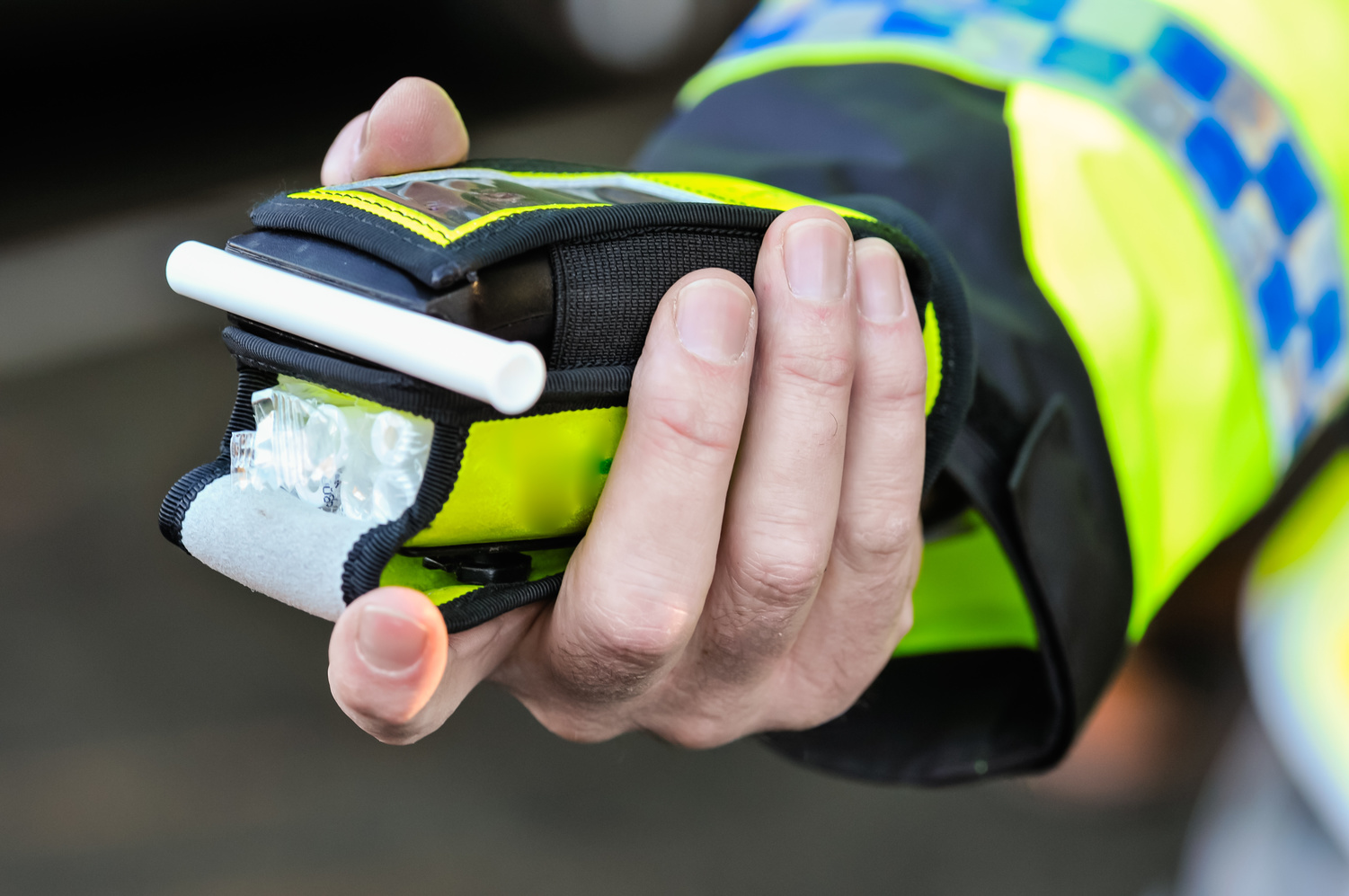How many drinks is over the legal driving limit?

With the festive season upon us, it's always tempting to indulge in a drink or two. Unfortunately, it's all too easy to end up with too much alcohol in your bloodstream when you get behind the wheel. For motorists who get caught with alcohol in their system that's above the legal limit, the penalties can be anything from a fine and driving ban through to a custodial sentence. So how much can you drink and not be above the legal limit when it comes to the drive home? Find out here just how much alcohol is too much and how many drinks can be safely consumed without being in danger of exceeding it.
What is the legal drink-drive alcohol limit?
For motorists in England, Wales and Northern Ireland, the drink-drive alcohol limit is as follows:
- In blood: 80mg alcohol/100ml blood
- In urine: 107mg alcohol/100ml urine
- In breath: 35 micrograms of alcohol/100ml breath
Motorists in Scotland need to abide by slightly lower drink-drive limits:
- In blood: 50mg alcohol/100ml blood
- In urine: 67mg alcohol/100ml urine
- In breath: 22 micrograms of alcohol/100ml breath
How do the drink-drive limits translate into units drunk?
The short answer is that unfortunately, it doesn't. Because everyone is slightly different, one beer may put a person over the limit, whilst another person would be safe to drive. Even the same person may find that a beer puts them over the limit on one occasion, but not on another. The only way to be sure you're safe to drive is not to drink alcohol. That said, if you do fancy a drink, as a general rule, most people are OK to drive after a pint of regular-strength beer or a small glass of wine. Any more and you run a significant risk of being over the limit. A unit of alcohol normally takes the body around an hour to process. This means that, if you drink a pint of beer before 6pm that contained 2 units of alcohol (which is around the average for regular strength beer or lager), by 8pm your body will have processed the alcohol in it. Two pints consumed before 6pm means that you will probably have alcohol in your system until 10pm.
What affects the amount of alcohol in my blood?
There are a number of different factors which can affect blood alcohol levels. These include:
- Bodyweight: heavier people can drink more before their blood alcohol level rises above the legal limit.
- Sex: due to physiological differences, men can drink more than women before their blood alcohol level becomes too high to drive.
- Drinking with a meal: food slows the absorption of alcohol, slowing the rise in blood alcohol.
- Amounts of residual alcohol. If you drank heavily the night before, there may still be traces of alcohol in your system the next day. A small drink could be all that's needed to put you over the limit. In some cases, you may be over the limit "the morning after the night before", even if you've had no further alcohol.
Remember, the best way to make sure you don't exceed the drink-drive limit is not to drink and drive at all!




































































